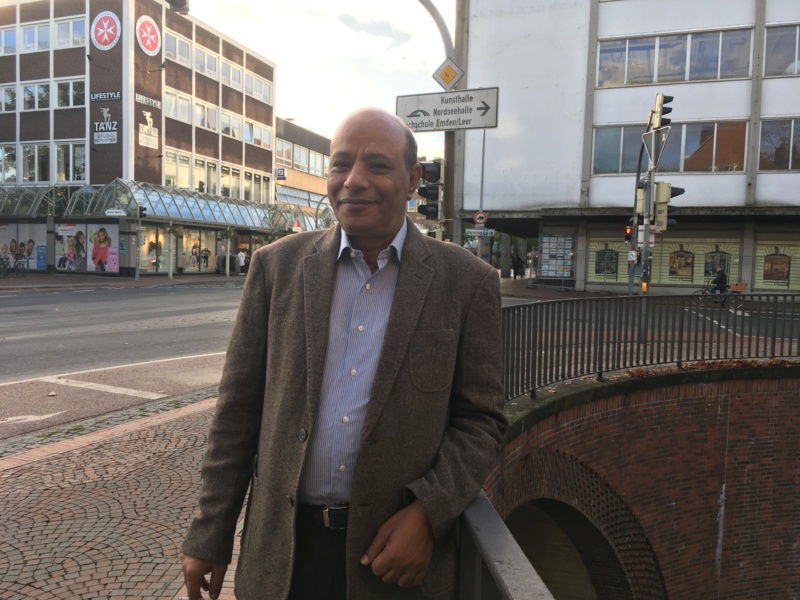BRIEF HISTORY OF THE GROUP MODALITY
The modern form of group psychotherapy was pioneered by Joseph H. Pratt in the 20th
century in the United States (Dreikurs & Corsini, 1954). On July 1, 1905, Pratt used group
education to treat groups of patients with tuberculosis. The original intent of this approach
was to expedite educating his patients on their condition of pulmonary tuberculosis. He
quickly realized, however, the psychological benefits this approach demonstrated with
his patients and proceeded to generalize this approach to other medical populations.
Pratt later went on to work with psychiatric patients where he began to focus more on
the emotional responses to their illnesses and the impact the illness had on the patients’
psychological condition. This occurred in the group setting and eventually became one
of the staples to Pratt’s work in therapy (Pratt, 1945; Blatner, 1988). Although Pratt was
most likely unaware at that time,
The modern form of group psychotherapy was pioneered by Joseph H. Pratt in the 20th
century in the United States (Dreikurs & Corsini, 1954). On July 1, 1905, Pratt used group
education to treat groups of patients with tuberculosis. The original intent of this approach
was to expedite educating his patients on their condition of pulmonary tuberculosis. He
quickly realized, however, the psychological benefits this approach demonstrated with
his patients and proceeded to generalize this approach to other medical populations.
Pratt later went on to work with psychiatric patients where he began to focus more on
the emotional responses to their illnesses and the impact the illness had on the patients’
psychological condition. This occurred in the group setting and eventually became one
of the staples to Pratt’s work in therapy (Pratt, 1945; Blatner, 1988). Although Pratt was
most likely unaware at that time,










